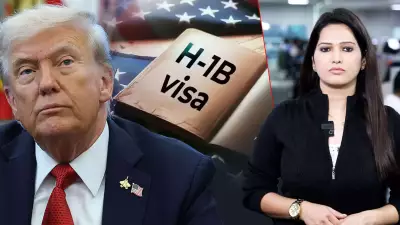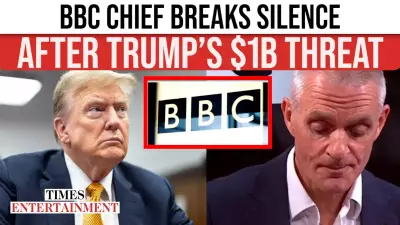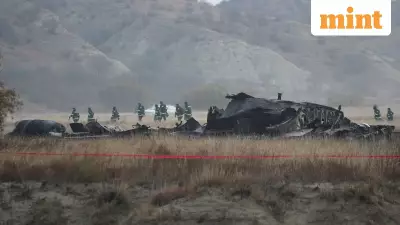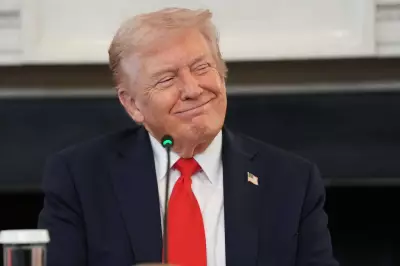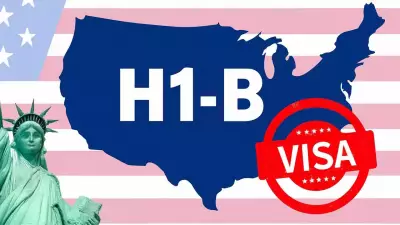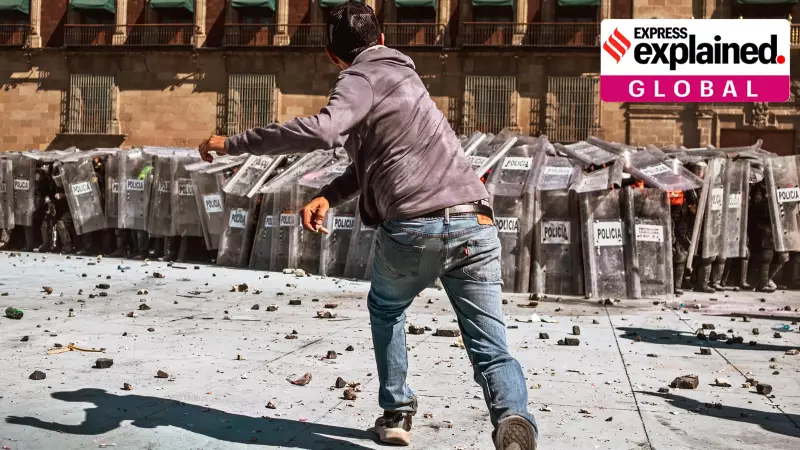
Mexico has been swept up by a new wave of youth-led demonstrations, as thousands took to the streets in a series of intense protests targeting the government. The unrest, which saw violent clashes in Mexico City and around 50 other cities, represents the latest chapter in the global 'Gen Z protests' phenomenon.
What Triggered the Nationwide Outrage?
The immediate catalyst for the massive rallies on Saturday, November 15, was the killing of Carlos Alberto Manzo Rodríguez, the mayor of Uruapan in Michoacán state, on November 1. Mayor Rodríguez was known for his tough stance and had led a significant crackdown against powerful drug cartels operating in the region.
In the months preceding his murder, Rodríguez had publicly appealed to President Claudia Sheinbaum on social media, pleading for more federal support to combat the cartels and criminal elements. His death was not an isolated incident; in June, the mayor of Tacámbaro, Salvador Bastidas, was also murdered along with his bodyguard, highlighting the extreme dangers faced by local officials.
The Government's Response and Protesters' Demands
In the aftermath of the rallies, President Sheinbaum made a significant claim, stating that the demonstrations were not entirely organic. She alleged they were funded by right-wing leaders who oppose her ruling party, Morena.
However, the protesters tell a different story. Organized under the banner "Generation Z Mexico," the group describes itself as non-partisan. According to a Reuters report on their manifesto, they claim to represent Mexican youth who are "fed up with violence, corruption and abuse of power." While the movement was youth-initiated, the marches attracted people from all age groups, united by a common frustration.
The protests turned violent, particularly in Mexico City, where hooded demonstrators gathered around the National Palace, the President's residence, and tore down protective fences. Clashes with security forces resulted in around 100 people injured, including police officers. The now-familiar symbol of global youth movements—the pirate skull flag originating from Japanese Manga, representing defiance against corrupt authority—was prominently displayed.
Mexico's Deep-Rooted Crisis of Violence
The protests are a symptom of a much larger and persistent problem in Mexico. The country has been grappling with severe violence since the 1980s, a crisis that has only intensified in recent years.
According to the Council on Foreign Relations (CFR), Mexico is in the grip of a kidnapping, disappearance, and criminal violence epidemic that has left over thirty-thousand people dead each year since 2018. While gangs and drug cartels are the primary perpetrators, state forces have also been accused of human rights violations in their long-running war against these groups.
The government's strategy has been a point of contention. In 2006, former President Felipe Calderón deployed the military against cartels, a move some experts believe worsened the conflict. President Sheinbaum, who remains popular, has campaigned on a promise to curb violence but has chosen to continue her predecessor's "hugs, not bullets" policy. This approach focuses on intelligence and investigative work rather than large-scale military force, a cautious stance influenced by the failures of past, more aggressive campaigns.
For many Mexicans, however, the pace of change is too slow, and the killing of a mayor who stood up to the cartels was the final straw, igniting a fire of public anger that shows no signs of abating.

